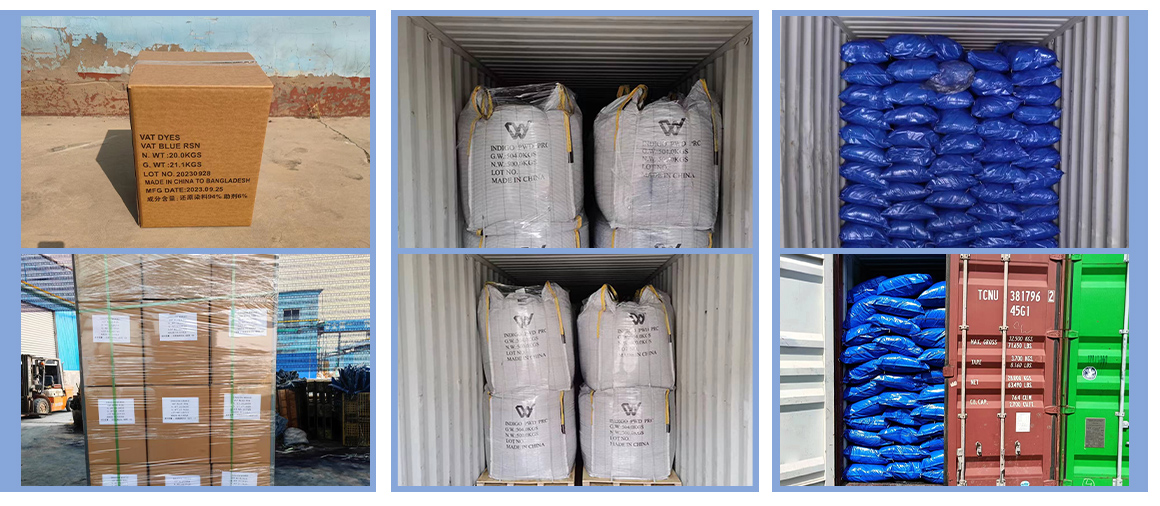real indigo dye
The Rich Heritage of Real Indigo Dye
Indigo dye, one of the most treasured natural dyes in world history, has captivated artisans, fashion designers, and cultural enthusiasts alike for millennia. Derived from the leaves of the Indigofera plant, this deep blue dye is not just a color; it represents a rich legacy that spans continents and civilizations.
The journey of indigo dye begins with the ancient cultures that first discovered its unique properties. Evidence suggests that indigo dyeing practices date back over 6,000 years, with the earliest uses traced to regions in India, West Africa, and South America. In India, the indigo plant was cultivated extensively, and skilled artisans developed intricate dyeing techniques. The distinct blue shade became synonymous with Indian textiles, leading to the establishment of a vibrant textile trade that greatly influenced global fashion. Indeed, the famous blue of Indian fabrics enchanted traders, artists, and royalty, contributing to the indigo's esteemed status on the world stage.
Indigo was not just a vibrant color; it held significant cultural value as well. In many ancient societies, indigo dye was associated with wealth and status. In West Africa, for instance, indigo dyeing was an integral part of cultural identity, often used in ceremonial garments and cloth for significant social events. Women, in particular, played a crucial role in the dyeing process, which was often considered an art form passed down through generations. The intricate patterns and designs created by these dyers reflect a deep connection to heritage and tradition.
real indigo dye

The allure of indigo dye also found its way to Europe, especially during the Middle Ages. Europeans became enamored with the striking blue hue, and the demand for indigo grew dramatically. However, the dye was not easily accessible; it was labor-intensive to produce and was often more valuable than gold. Consequently, it led to the establishment of plantations in the Americas, where enslaved labor was used to cultivate the indigo plants. This dark chapter in history reminds us that the beautiful hue of indigo is intertwined with complex societal issues, including colonization and exploitation.
As the industrial revolution progressed, synthetic dyes began to overshadow natural dyes, including indigo. Though these synthetic alternatives allowed for mass production and lower costs, they lacked the authenticity and unique qualities of real indigo dye. In response to this trend, there has been a resurgence of interest in natural dyes, as contemporary consumers seek sustainable and eco-friendly options in their fashion choices. This shift has revitalized traditional indigo dyeing techniques, leading to a new appreciation for the craftsmanship involved.
Furthermore, the eco-friendly nature of real indigo dye is appealing in today's world, where sustainability is paramount. Natural indigo dye is known for its minimal environmental impact compared to synthetic dyes, which often employ harmful chemicals. As we become more conscious of our choices, the appreciation for authentic, natural products is on the rise. Many artisans and craftspeople are now exploring the use of indigo dye in modern textiles, creating a fusion of traditional methods and contemporary aesthetics.
In conclusion, real indigo dye is more than just a pigment; it is a symbol of cultural heritage, artistry, and resilience. Its journey from ancient civilizations to modern times speaks to the intricate relationship between nature and human creativity. As we move forward, the revival of traditional indigo dyeing methods fosters not only sustainable practices but also a renewed respect for the rich history that this deep blue hue represents. Whether in fashion, art, or textiles, indigo dye will continue to inspire and connect us to our past while charting a path toward a more sustainable future.
-
The Timeless Art of Denim Indigo Dye
NewsJul.01,2025
-
The Rise of Sulfur Dyed Denim
NewsJul.01,2025
-
The Rich Revival of the Best Indigo Dye
NewsJul.01,2025
-
The Enduring Strength of Sulphur Black
NewsJul.01,2025
-
The Ancient Art of Chinese Indigo Dye
NewsJul.01,2025
-
Industry Power of Indigo
NewsJul.01,2025
-
Black Sulfur is Leading the Next Wave
NewsJul.01,2025

Sulphur Black
1.Name: sulphur black; Sulfur Black; Sulphur Black 1;
2.Structure formula:
3.Molecule formula: C6H4N2O5
4.CAS No.: 1326-82-5
5.HS code: 32041911
6.Product specification:Appearance:black phosphorus flakes; black liquid

Bromo Indigo; Vat Bromo-Indigo; C.I.Vat Blue 5
1.Name: Bromo indigo; Vat bromo-indigo; C.I.Vat blue 5;
2.Structure formula:
3.Molecule formula: C16H6Br4N2O2
4.CAS No.: 2475-31-2
5.HS code: 3204151000 6.Major usage and instruction: Be mainly used to dye cotton fabrics.

Indigo Blue Vat Blue
1.Name: indigo blue,vat blue 1,
2.Structure formula:
3.Molecule formula: C16H10N2O2
4.. CAS No.: 482-89-3
5.Molecule weight: 262.62
6.HS code: 3204151000
7.Major usage and instruction: Be mainly used to dye cotton fabrics.

